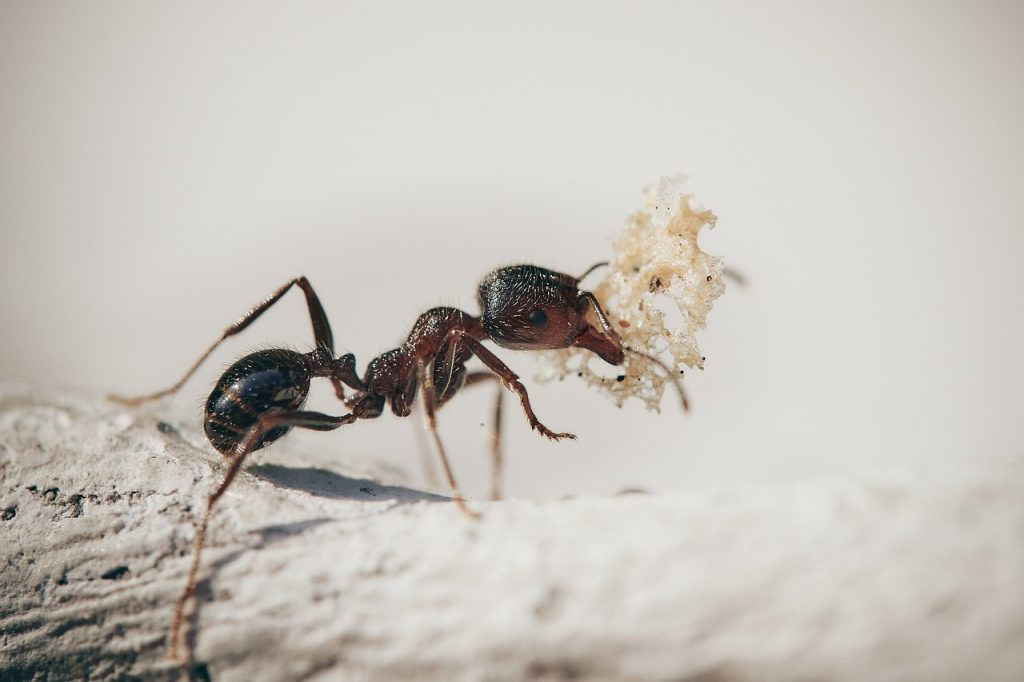Ants might seem harmless enough at first—just a few scouts on the sidewalk or in the kitchen. But where there’s one ant, there are usually hundreds more. Left unchecked, ants can take over your yard, infiltrate your pantry, damage wood structures, and even protect other pests like aphids in your garden.
The key to keeping ants under control? Prevention, smart habits, and targeted treatment. Here’s how to stop them from turning your home and yard into their next colony.
Understanding Why Ants Show Up
Ants are always on the hunt for three things: food, water, and shelter.
Your yard and home provide all of the above. Crumbs in the kitchen, moisture in the bathroom, mulch in the garden—all prime real estate for ant colonies. The best way to control ants is to make your space less appealing in the first place.
How to Keep Ants Out of Your Yard
- Trim Back Vegetation
Ants use branches, vines, and shrubs like highways to reach your home. Keep plants trimmed and away from your foundation, siding, and roofline to limit access points. - Maintain Your Lawn and Garden
Ants love to build nests in undisturbed soil and mulch. Rake leaves, turn mulch regularly, and mow your lawn to disrupt nesting sites. Avoid overwatering—damp soil attracts ants (and other pests too). - Don’t Leave Food Out (Even Outdoors)
Pet food, grills, bird seed, and trash bins are ant magnets. Store food in sealed containers, clean up after meals outside, and keep lids tight on trash cans. - Use Natural Deterrents
Sprinkle food-grade diatomaceous earth around ant trails and nest sites. It’s safe for pets and people but deadly to ants. Other options: cinnamon, citrus peels, or white vinegar sprays, which can help mask the trails ants use to navigate.
How to Keep Ants Out of Your Home
- Seal Entry Points
Inspect your home’s exterior for cracks, gaps, and openings around windows, doors, and utility lines. Use caulk or weatherstripping to block their entryways. - Clean Like a Pro
Ants leave behind invisible scent trails for others to follow. Wipe down countertops and floors with a vinegar solution to break the trail. Don’t forget behind appliances and along baseboards. - Store Food Properly
Keep pantry goods in airtight containers. Sweep up crumbs and wipe sticky jars or bottles regularly. Even a few granules of sugar can trigger an invasion. - Fix Moisture Issues
Leaky pipes, damp wood, and standing water are all ant attractants—especially for species like carpenter ants. Repair plumbing issues and use dehumidifiers in damp spaces.
When to Call the Pros
Some infestations require more than DIY efforts—especially if:
Ants keep returning despite treatment
You notice wood shavings or hollow-sounding wood (a sign of carpenter ants)
You see large numbers indoors or multiple nests in your yard
A licensed pest control professional can identify the species, locate nests, and use targeted treatments that are more effective (and longer-lasting) than over-the-counter sprays.
Final Thoughts
Ants are persistent, but with a mix of prevention and smart action, you can keep them where they belong—outside and under control. Whether you’re protecting your pantry or your garden beds, staying one step ahead of ants means staying clean, sealed, and vigilant.
Don’t wait until the trail leads all the way to your kitchen. Stop the problem at the source, and your home will stay ant-free all season long.

